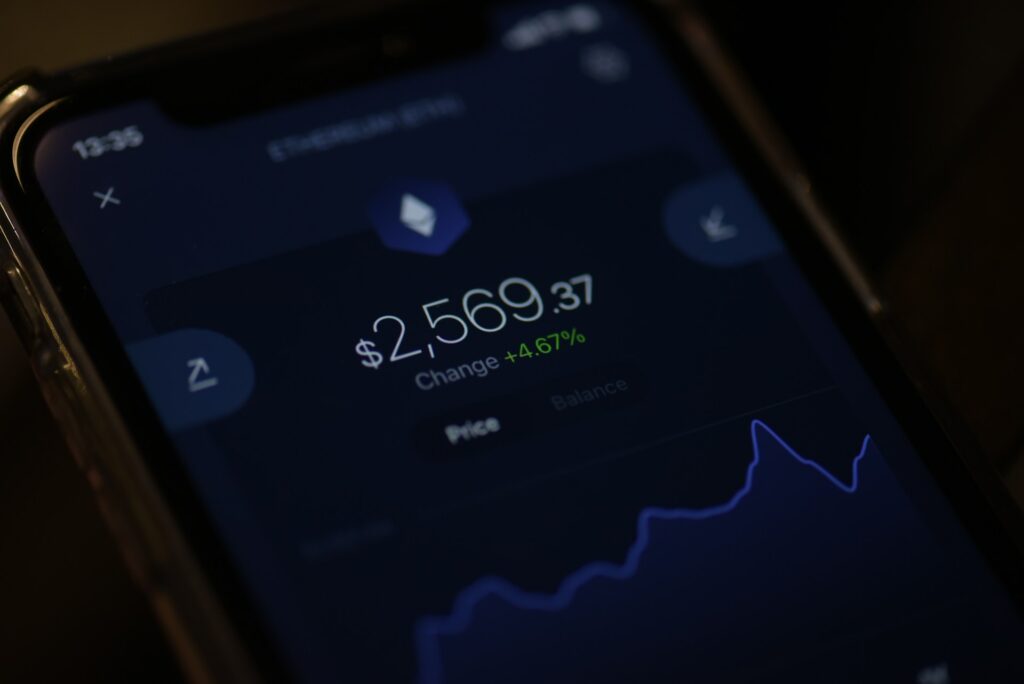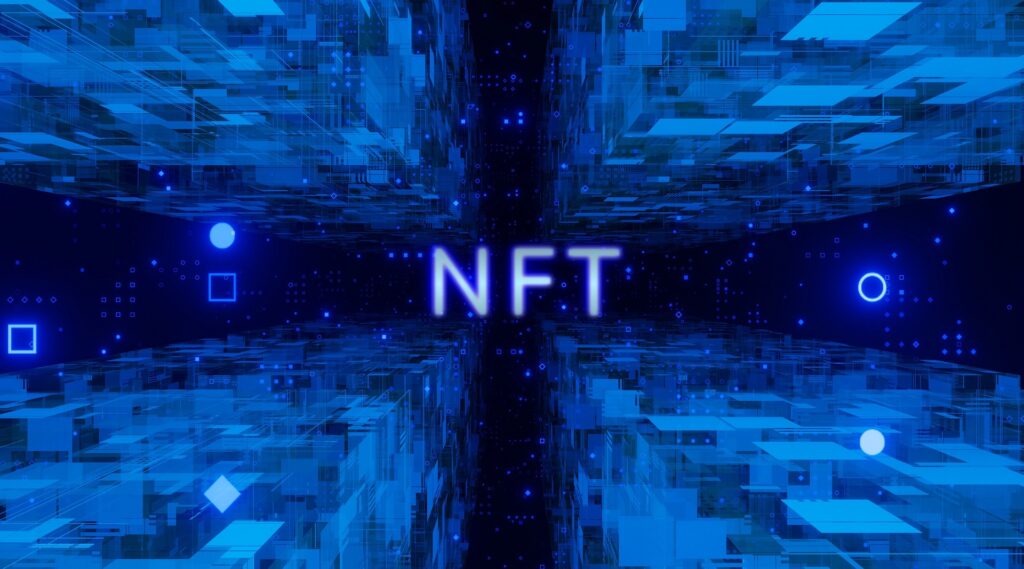A few weeks ago, my niece (she’s 5) saw me scrolling through a crypto chart and asked, “Why is that coin going up and down like a seesaw?” I laughed and replied, “Well, it’s called cryptocurrency.” She looked at me and said, “So… is it like coins you can play with on the phone?”
That got me thinking: if I could explain crypto to a curious 5-year-old, I could probably explain it to anyone. After all, crypto is often made out to be this complicated digital magic that only finance nerds or tech geeks understand. But the truth is, it’s not as mysterious as it seems.
In this post, I’ll walk you through what cryptocurrency is, how it works, and why people are talking about it like it’s the future. No tech jargon, no MBA required. Just a simple, friendly guide, like how I’d explain it to a child, or your aunt who still calls the internet “the Google.”
What is cryptocurrency, really?
Let’s start with something we all know: money.
You know how you can have coins in your piggy bank or paper notes in your wallet? That’s physical money, something you can touch and see.
Now imagine if you had magic money that only lived inside your phone or computer. You couldn’t touch it, but you could still use it to buy stuff, send it to your friend, or even save it for later. That’s basically what cryptocurrency is.
Some quick facts:
| Feature | Cryptocurrency | Traditional money (like rupees or dollars) |
|---|---|---|
| Is it physical? | No | Yes |
| Controlled by govt? | No (usually decentralized) | Yes |
| Can you send it online? | Yes | Yes |
| Safe from tampering? | Mostly, yes (blockchain) | Depends on the system |
Cryptocurrency is like digital money, but instead of being printed by governments (like regular cash), it’s created and managed by a network of computers around the world. Think of them as super-smart robots that keep track of everything.
How does it work?
Here’s where things get a bit techy, but I’ll keep it fun.
Imagine you’re playing a game with your friends. You earn gold stars when you do chores, and you write each gold star down in a notebook so everyone knows how many each person has.
But instead of one notebook, every kid has a copy of the same notebook. Whenever someone earns a star, everyone updates their notebook.
This notebook is called a blockchain.
Blockchain explained like storytime
- Block – A page in the notebook
- Chain – All pages linked in order
- Blockchain – A long, shared notebook where everyone agrees on what’s written
If someone tries to cheat and give themselves extra stars, all the other notebooks will catch the lie. That’s how blockchain helps keep things fair and secure.
What about Bitcoin, Ethereum, and others?
These are just different kinds of cryptocurrencies, like different types of candies:
- Bitcoin: The oldest and most well-known. Like the OG chocolate bar.
- Ethereum: More than just money. It’s like a smart candy that can also send notes or run apps.
- Dogecoin: Started as a joke but became popular. Think of it as the meme candy of the crypto world.
Each crypto has its own uses, fans, and rules, just like candies have flavors and packaging.
Why do people care about cryptocurrency?
You might be wondering, “Okay, digital money sounds cool, but why is everyone so obsessed with it?”
Let me share a story from Reddit that really stuck with me.
“In 2021, I had to send money to my cousin in another country. The bank took 5 days and charged $50 in fees. Then I tried using crypto. It arrived in 10 minutes and cost me less than $1.” —u/throwawaycryptohelp
Cryptocurrency solves some real-world problems.
Real reasons why people use it:
- Fast transactions: Crypto can move money around the world in minutes.
- Low fees: No need to pay a middleman like banks or PayPal.
- Privacy: You don’t need to share your name or details.
- Control: Your money isn’t locked in a bank. You own your crypto wallet like your house keys.
- Access for all: Even people without bank accounts can use crypto.
But let’s be honest, it’s not all rainbows!
The good, the bad, and the risky
Just like candy can be amazing in small doses but cause cavities if you overdo it, crypto has its pros and cons.
Pros of cryptocurrency:
- You’re in control: No banks or governments freezing your money.
- Open to everyone: No need for credit scores or permission.
- Innovation: New apps, games, and tools are being built on crypto every day.
Cons of cryptocurrency:
- Volatile: Prices go up and down a lot. One day you’re rich, next day… not so much.
- Scams and hacks: Like the internet in the early days, it’s a bit wild out there.
- Hard to understand: Let’s be real, it takes time to “get” it.
Someone I know once lost $200 worth of crypto because they forgot the password to their wallet. That’s the digital equivalent of burying treasure and losing the map.
So yeah, fun but risky. Always do your homework!
Crypto isn’t magic, but it is powerful
Think of cryptocurrency like Lego blocks. At first, they’re just pieces. But with time, people are building crazy cool things out of them: online games, apps, art (NFTs), and even digital countries (yes, really).
And remember that blockchain, the tech behind crypto? It’s being used for way more than just money. People are building tools to:
- Track where food comes from (farm to table)
- Secure medical records
- Make online voting safer
Pretty exciting stuff, right?
So, the next time you hear “crypto,” don’t think of something scary or confusing. Think of it as the money Lego set of the internet, easy to mess up if you don’t know what you’re doing, but also full of possibilities if you take the time to learn.
Start small. Be curious. And always, always save your password somewhere safe!
Key terms from this post:
| Term | Simple meaning |
|---|---|
| Cryptocurrency | Digital money used online |
| Bitcoin | First and most famous cryptocurrency |
| Blockchain | Digital notebook shared by many to track crypto |
| Wallet | App where you store your cryptocurrency |
| Ethereum | Crypto that does more than money (apps, contracts) |
If you want to test the waters, try using a free wallet app like Trust Wallet or Coinbase Wallet, and ask a friend to send you a tiny bit of crypto. Play with it like you’d play a new game, just don’t bet the house on your first move!
Have more crypto questions? Drop them in the comments, and I’ll do my best to explain them.
With over five years of experience in the tech industry, Kazim excels at simplifying complex topics, making them accessible to tech enthusiasts and general readers alike.
He has contributed to several renowned publications worldwide, including WindowsReport and Allthings.how, bringing insightful coverage of key developments in the field.
When he’s not writing, you’ll find Kazim planning weekend getaways or diving into tech verticals beyond his expertise.




